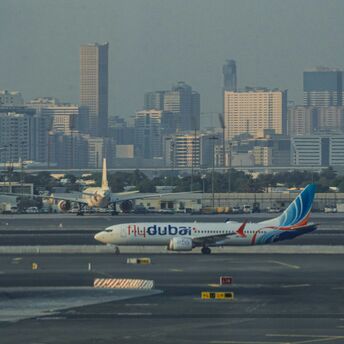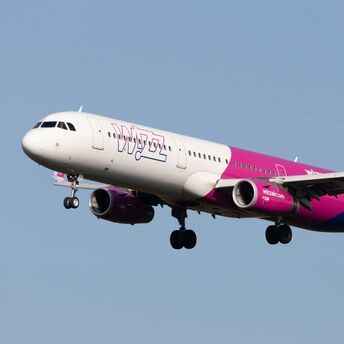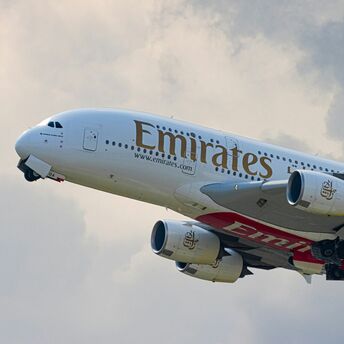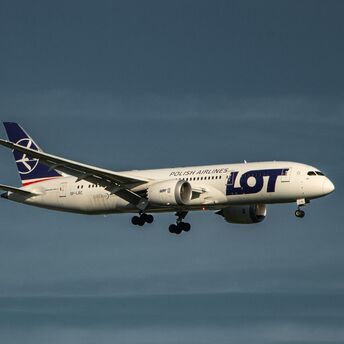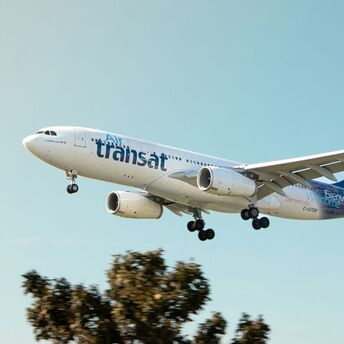Flying with an Injury: A Comprehensive Guide to Airport Passenger Assistance
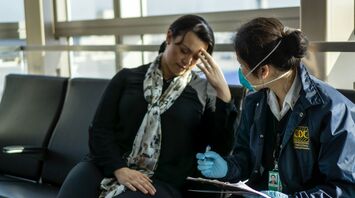
Traveling with an injury can add an extra layer of complexity to an already demanding process, but airports around the world offer a variety of services to make flying more manageable for passengers facing physical challenges. Whether dealing with a temporary injury like a broken leg or a more chronic condition, understanding how to access the right assistance can make all the difference. Here’s a guide on how to navigate airport assistance when flying with an injury, ensuring a smoother and more comfortable journey.
Planning Ahead: Inform the Airline Early
The first step when flying with an injury is to notify the airline in advance. Many airlines recommend informing them at least 48 to 72 hours before your flight, although earlier is always better. This allows the airline to arrange the necessary assistance, whether it’s providing wheelchair support, boarding assistance, or seating accommodations.
Airlines are typically equipped to help passengers with a wide range of needs, including mobility challenges, medical devices, or even support for navigating the airport more easily. For travelers with more significant injuries, such as those requiring a cast, special seating arrangements might be necessary to ensure comfort, particularly on long-haul flights. In some cases, a medical certificate may be required, especially if your condition could potentially affect your ability to fly.
Navigating the Airport: Mobility Assistance
Most airports offer mobility assistance to help passengers with injuries move through the terminal with ease. This service typically includes access to wheelchairs or electric carts, which are provided by the airport or the airline. Upon arrival at the airport, it’s important to check in at the designated assistance desk or counter where pre-arranged support can be confirmed.
Airports often prioritize mobility assistance for passengers who need help with security screenings, navigating to the gate, or boarding the plane. For those with severe injuries, such as a leg in a cast or significant mobility limitations, pre-boarding services allow passengers to board the aircraft before other travelers, providing extra time to get settled in without the rush of general boarding.
Security Screening Considerations
One of the more challenging aspects of flying with an injury can be passing through security checkpoints. Security screening processes are generally the same for all passengers, but individuals with injuries or medical devices may require additional screening or specific accommodations. For instance, travelers in wheelchairs or using crutches might not be able to walk through metal detectors and may need a manual pat-down or alternative screening methods.
It’s a good idea to notify security personnel about any medical devices, casts, or metal implants before the screening process begins. Providing medical documentation can also help expedite the process, ensuring that security personnel are aware of your condition and can make necessary adjustments.
Onboard Comfort: Special Seating and In-Flight Needs
Once you’re through security and ready to board, it’s essential to consider your comfort during the flight. Passengers with injuries that affect mobility, such as a broken leg or back pain, may require more space or specific seating arrangements. Requesting an aisle seat, for example, can make it easier to stretch or move around during the flight. In some cases, it may be possible to secure a bulkhead seat or a seat with extra legroom.
For longer flights, it’s important to stay as comfortable as possible. Make sure to bring any necessary medications, cushions, or supports that might help ease discomfort during the flight. Additionally, staying hydrated and moving periodically—if possible—can help prevent stiffness or swelling, particularly on long-haul journeys.
Post-Arrival Assistance: Getting to Your Destination
Upon arrival at your destination, assistance services can continue to provide support as you disembark from the plane. For passengers with mobility issues or severe injuries, airport staff can help with navigating customs, baggage claim, and connecting flights. Pre-arranging this support through your airline can ensure a smooth transition from the plane to ground transportation.
If you’ve booked connecting flights, be sure to confirm that assistance will be available at each airport. Some airports may have different procedures or require additional documentation, so it’s essential to stay informed and make the necessary arrangements ahead of time.
What to Pack: Essential Items for a Comfortable Journey
When traveling with an injury, packing strategically can make a significant difference. Some essential items to consider include:
- Medical documentation: A doctor’s note or certificate explaining your condition can be useful for both security and airline staff.
- Mobility aids: If you use crutches, a cane, or other mobility devices, make sure they are easy to access during your journey. Some airlines may allow these items to be stowed in the cabin, while others might check them at the gate.
- Comfort aids: Cushions, neck pillows, or support braces can provide added comfort during a long flight.
- Medications: Always pack your medications in your carry-on bag, ensuring they are easily accessible during the flight. You may also want to bring additional doses in case of delays.
- Snacks and water: If you have dietary restrictions or need specific snacks for your condition, pack some in your carry-on. Additionally, staying hydrated is key to staying comfortable during your journey.
Final Thoughts: Making the Most of Airport Assistance
Flying with an injury doesn’t have to be an overwhelming experience. By planning ahead, notifying the airline, and taking advantage of the assistance services offered by both the airport and airline, passengers can enjoy a smoother, more comfortable travel experience. With the right preparation, even passengers facing temporary or chronic injuries can navigate the complexities of air travel with greater ease, ensuring that their journey is as stress-free as possible.



